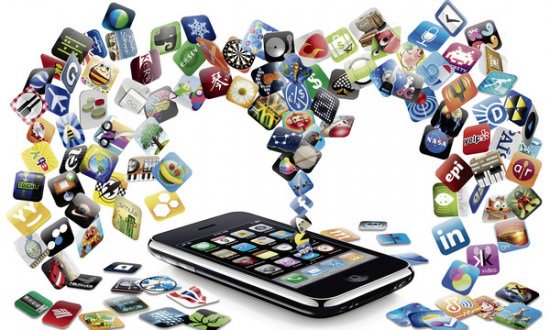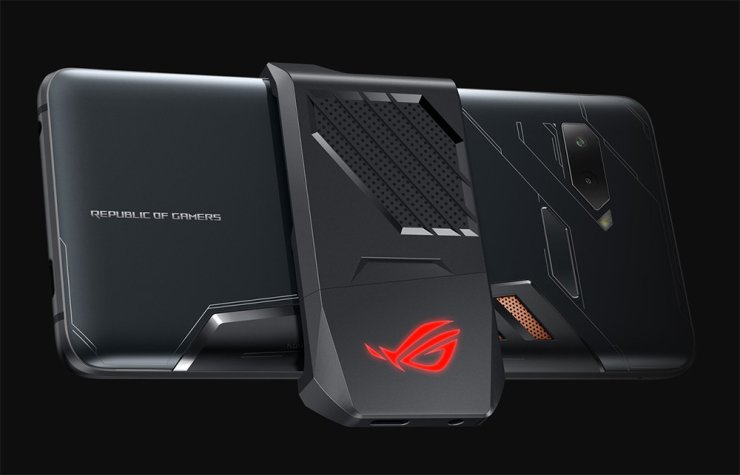In this modern age, it is a hard to see a person who doesn’t own a smartphone. This handy little device is, well, handy. You can use it for basically any purpose: Business, entertainment, relationship, you name it. With technology advancing, habits of consumers are changing as well. This has led to the flourish of the mobile gaming industry.

Indeed, the numbers are staggering. Global revenue of mobile gaming looks like it is going to hit $45 billion at the end of 2018, and it doesn’t look like it’s going to stop there either. This astonishing growth is reforming the software industry as a whole. Many developers are now turning their eyes toward making games for mobile devices.
Of course, in order to make profit, it is important to analyze in which direction the market is going. So, what lies in the future of the mobile gaming industry?
VR and AR
Mobile games are still often looked down on as games for “casuals”, but that will soon change, most likely. Technology, both software and hardware, is skyrocketing, and occasionally a pioneer like Pokémon GO would pop up. This game introduced mobile gamers, and gamers in general, to Augmented Reality (AR), and showed just how much potential this technology has. By integrating the game’s images and audio with the real world, it motives players to go out, explore, and meet real people. Harry Potter: Wizards Unite is expected to be the next step for AR games.

On the other hand, Visual Reality (VR) is another technology that has attracted a lot of interest from game developers for the countless possibilities it offers. The technology is still in its fledging stage, and there are many challenges to overcome before developers can apply it to games in an effective and meaningful way. However, big names such as Apple are already making progress.
There is a high chance that VR and AR technology will become a big thing in a couple of years. In order to success, developers will need to find ways to implement it into their games to bring players the most immersive experience.
Mobile apps
When you want to download a mobile app, what is the first place you think of going to? The answer is most likely Google Play Store for Android users, and App Store for iOS users. No surprise, as most every app ever made is on these stores. Google Play Store alone has 3.8 million apps to satisfy your need. Entry barriers are practically non-existent, which in turn leads to very high competition for software developers. Apps have become effective tools for businesses to carry out their digital strategies, from marketing, branding to acquiring more customers. This is true not only for big brands, but startups as well.

Moreover, on these stores users can find a huge collection of games, free as well as pay-to-win, including some exceptionally successful ones like Hearthstone. Of course, these gems are buried in the middle of a huge pile of goods of mixed quality, but that takes nothing away from their engaging stories and gameplays.
Online gambling is also spreading to mobile devices. Many live casinos like PlayOJO, Mr. Green, LeoVegas, 888, Casino Tropez, and BetWay have managed to create a very authentic simulation of real high-class casinos on mobile devices. These online casinos include a wide variety of games like poker, blackjack, baccarat etc.
So, the trend is likely to continue that mobile gaming is one of the most active, fastest-developing markets. Big developers will have to step in early, or they will have to catch up with others in the future or settle for niche markets.
Multi-screen experience
The mobile gaming industry is heading toward a different direction than consoles: Multi-screen gaming.
Take the Nintendo Switch for example. It is essentially a mobile device, albeit with a station to hold it and a better controller. You can connect it to a TV to play games on the bigger screen for a better visual experience. Recently there are some gaming smartphones on the market capable of doing the same as well, some prominent names among which are the Razer Phone and the Asus ROG Phone. These phones come with incredible hardware specs and accessories to connect them to another screen. They allow the user to run multiple apps at once and “splitting” the screens.

This is something developers will have to pay attention to. Just creating a good game with impressive visuals is not enough. It has to work seamlessly on sizes of different sizes as well. If they can successfully do this, it will be a nice competitive edge in this volatile environment.
The future is now
The new era of mobile gaming is already coming. If game developers wants to stand out from the rest of the pack, they will have to pay very careful attention to this platform. On the side of phone manufacturers, they need to improve their designs of their phones, as well as increase their hardware capacity and apply new technologies.
With the situation being as it is, mobile gaming might even topple the empire of PC and Console games at some point in the future.










Comments